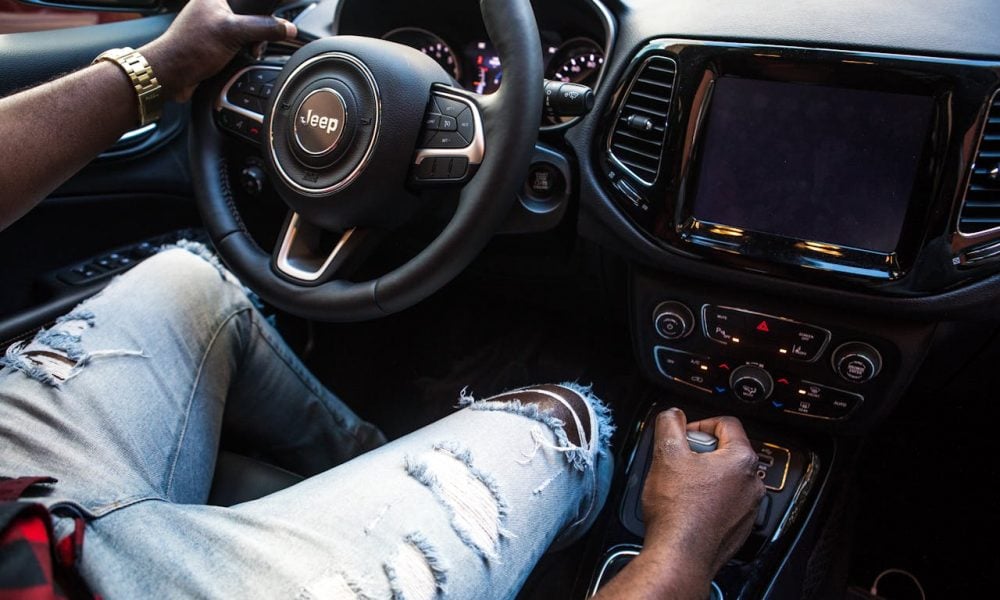
How to Drive a Stick Shift: A Quick Guide for Manual Beginners

Driving a stick shift requires coordinating the clutch, brake, and accelerator to control a car with a manual transmission. Manual cars offer better fuel efficiency and performance compared to automatics, making them a popular choice worldwide. Learning to drive one involves understanding the gear system and practicing precise timing between the pedals. Here’s how to drive a stick shift without stalling.
Getting Familiar with the Pedals
Before you start driving, understand the three pedals in a manual car: clutch, brake, and accelerator. The clutch, located on the far left, is used exclusively for manual transmission vehicles. Your left foot will press this pedal while your right foot operates the brake and accelerator. The clutch disengages the engine from the transmission, allowing you to change gears. This foundational knowledge is crucial before moving on.
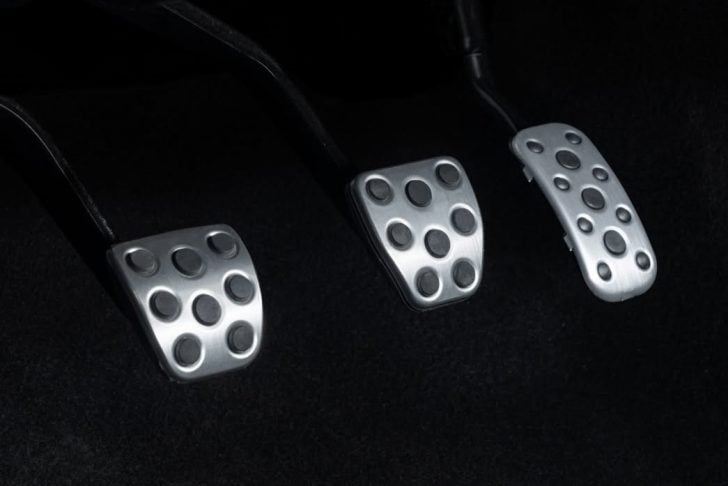
@manual_t_cars | Instagram | Understand the three pedals in a manual car: clutch, brake, and accelerator, before you start driving.
Understanding the Gear Shifter
The gear shifter in manual cars is typically located between the driver and passenger seats. The first gear is usually in the top left corner, with other gears following a pattern marked on the gear knob. When in neutral, the gear shifter moves freely from side to side. Familiarize yourself with this layout, as shifting gears accurately is key to smooth driving.
Starting the Engine
To start the car, press the clutch fully with your left foot while ensuring the gear shifter is in neutral. Turn the ignition key to start the engine. Once you confirm the car is in neutral, release the clutch and check that the emergency brake is disengaged. Pressing the brake with your right foot during startup is also a good practice for added safety.
Moving Into First Gear
Press the clutch and shift into first gear, typically the top left position. Gradually release the brake and begin easing off the clutch while gently pressing the accelerator with your right foot. This coordination is essential to avoid stalling. Practice this motion slowly to get a feel for the car’s response. The vehicle will begin to move forward as the clutch engages.
Shifting to Higher Gears
As you gain speed, you’ll need to shift to higher gears. Release the accelerator, press the clutch simultaneously, and move the gear shifter to the next gear. For instance, shift from first to second gear by sliding the shifter down. Release the clutch as you gently press the accelerator again. Repeat this process to move through the gears smoothly.
Navigating Downshifting
Downshifting helps maintain control when slowing down or preparing to stop. To downshift, press the clutch and move the shifter to a lower gear while reducing speed. Release the clutch and apply the accelerator gently to prevent abrupt deceleration. This technique requires practice but is vital for driving on varied terrains.
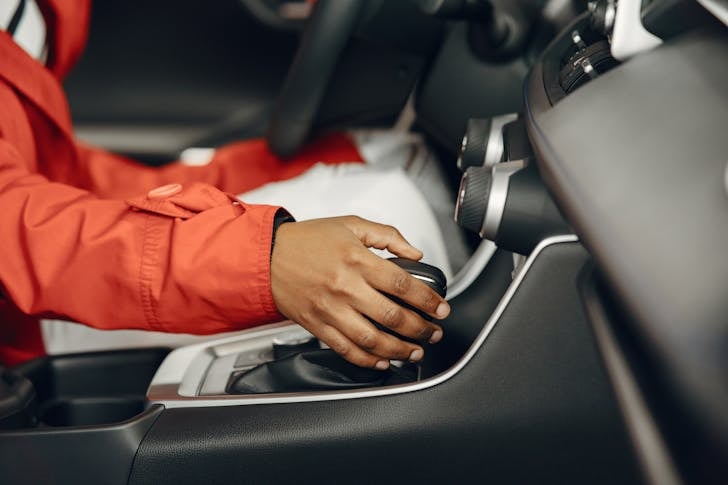
Gustavo Fring | Pexels | Downshifting helps maintain control when slowing down or preparing to stop.
Reversing the Car
Reversing in a manual car requires precision. First, come to a complete stop, then shift the gear into reverse. Slowly release the clutch while keeping your other foot on the brake to control the car’s movement. Reversing rarely requires using the accelerator, but if needed, apply minimal pressure for better control.
Parking a Manual Car
Unlike automatic cars, manual vehicles lack a dedicated “Park” gear. When parking, engage the emergency brake and leave the car in gear to prevent rolling. On inclines, use first gear for uphill parking or reverse for downhill situations. These practices ensure the car remains stationary.
Tackling Hills
Starting on a hill with a manual car can be tricky, but the parking brake technique makes it easier. Engage the parking brake, release the clutch slightly, and press the accelerator until you feel the car pulling against the brake. Release the parking brake and smoothly transition to driving uphill. This method prevents rolling backward while you gain control.
Mastering these steps requires patience and practice. Find a quiet area, like an empty parking lot, to build confidence and refine your skills. With consistent effort, driving a stick shift will become second nature.
More inAdvice
-
`
How to Safely Drive Away from Wildfires – Essential Tips
Wildfires are unpredictable and dangerous, often spreading rapidly with little warning. A video from the Los Angeles wildfires showed abandoned cars...
February 1, 2025 -
`
Can Your Car Keep You Safe During an Emergency?
Natural disasters such as wildfires, hurricanes, and floods can occur unexpectedly, leaving little time to prepare. In such situations, your car...
January 25, 2025 -
`
Tesla Reveals 2025 Model Y Juniper – Here’s What’s New!
Tesla has revealed the 2025 Model Y Juniper, a refreshed version of its best-selling electric SUV. This update enhances design, comfort,...
January 25, 2025 -
`
How to Check Transmission Fluid for Optimal Car Performance
Maintaining your vehicle’s transmission is just as essential as other routine car maintenance tasks like oil changes or tire rotations. Knowing...
January 18, 2025 -
`
Sutton Foster and Hugh Jackman Spark Romance on L.A. Date Night
Hollywood is abuzz with the latest photographs of Hugh Jackman and Sutton Foster, who appear to be confirming their romance during...
January 16, 2025 -
`
How to Fix Car Window Off-Track and Align It Properly
When your car window gets stuck or misaligned, it’s often due to an off-track issue. Learning how to fix car window...
January 10, 2025 -
`
Why Drowsy Driving Is Just as Dangerous as Drunk Driving
Drowsy driving poses a serious risk to road safety, yet many underestimate its dangers compared to drunk driving. The National Sleep...
December 27, 2024 -
`
Where Is Hyundai Made? A Look Inside Global Manufacturing Hubs
Hyundai vehicles dominate roads worldwide, offering reliability and innovation. Yet, only some people know where these cars are actually made. The...
December 20, 2024 -
`
Why Am I Having Trouble Passing My Permit Test? Top Tips for Success
Failing the permit test can feel like a major setback, especially when you’ve put in the effort to prepare. The material...
December 20, 2024


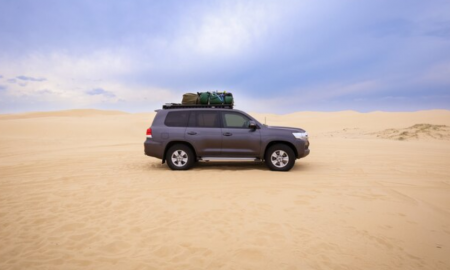
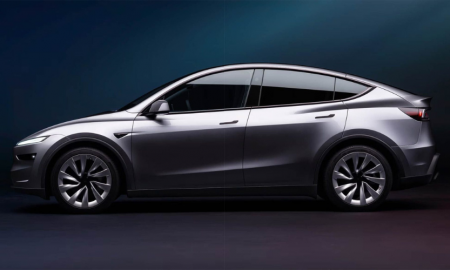
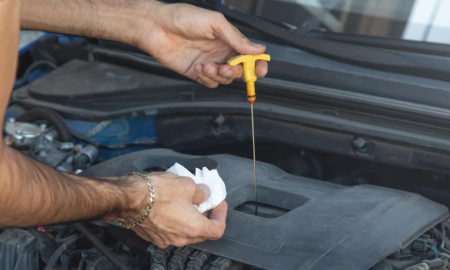

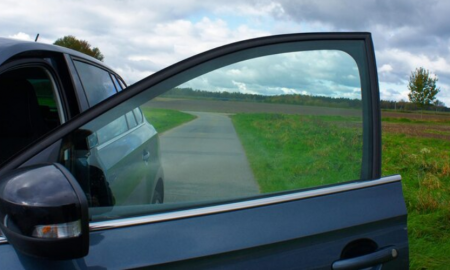



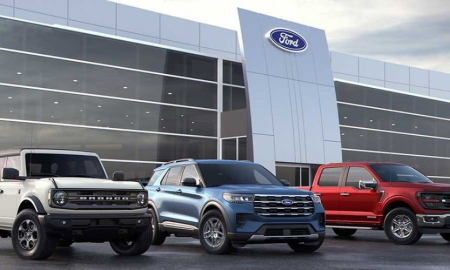



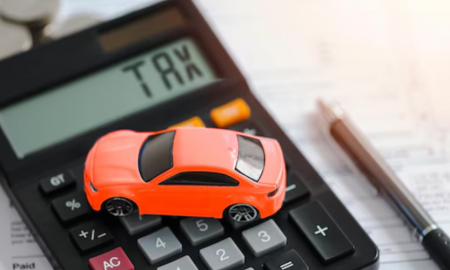
You must be logged in to post a comment Login